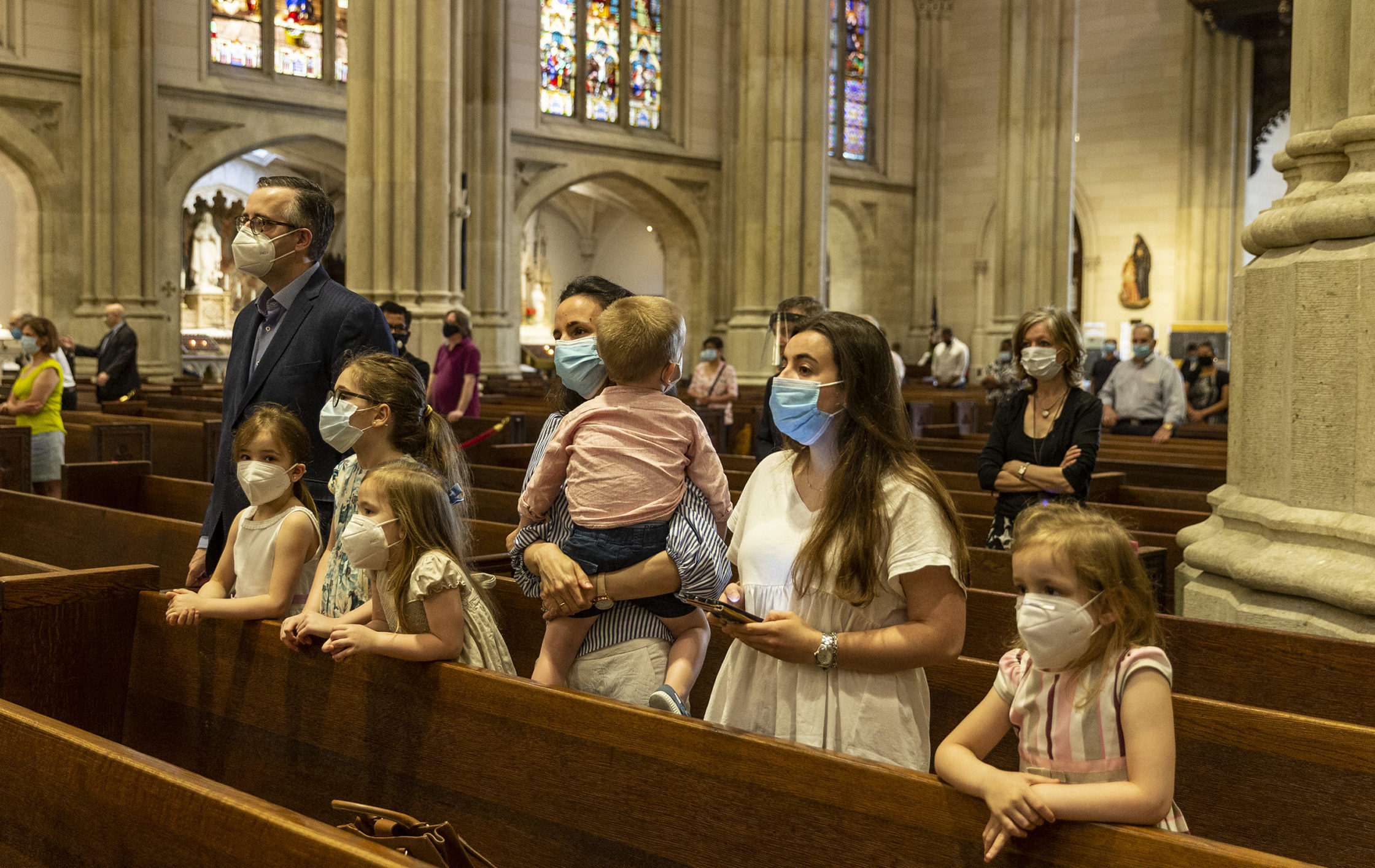The Old Normal
Churches that stayed open during the pandemic are the ones thriving.

Young adults are done with religion. Some aspects of ritual remain: a venti macchiato is a sort of morning communion, a notification from BeReal an unexpected adhan, and a soul-searching Netflix miniseries with a glass of Chardonnay a kind of examination of conscience. But brick and mortar, church and steeple, are a thing of the past.
A recent study published by the American Enterprise Institute and the University of Chicago confirms that the perception of adolescent apathy can be backed up by the data. Among the demographic categories of age, religion, and education, the group that saw the most dramatic decline in religious attendance since Covid was that of 18- to 29-year-olds: After Covid, 43 percent of that group said that they never go to church, compared to 30 percent before. “No group of Americans has undergone more significant change in religious attendance than young adults,” the authors conclude.
Comments